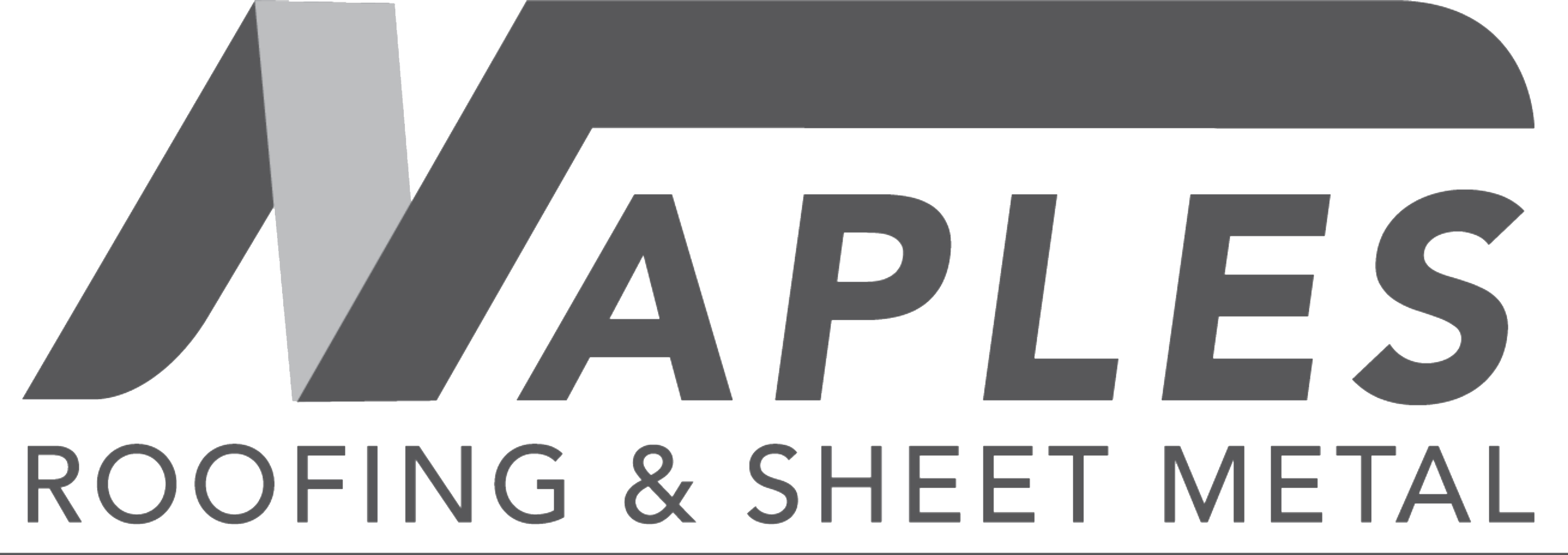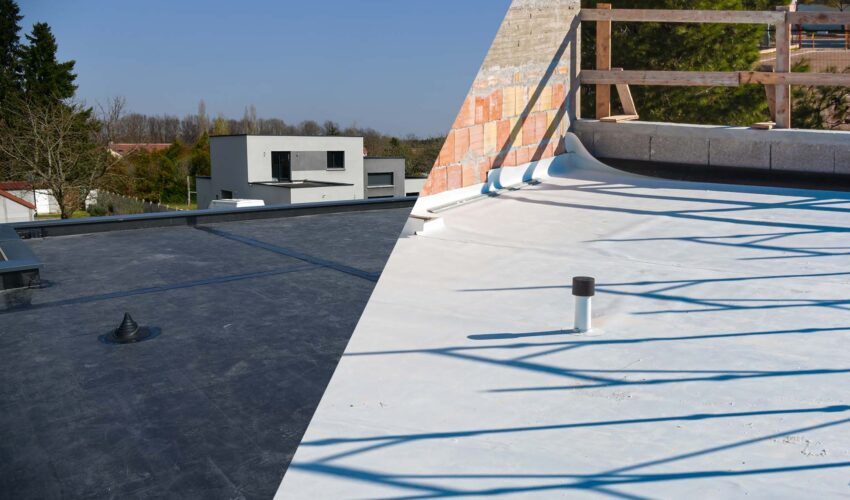Everything You Need to Know About TPO and EPDM Roofing
TPO and EPDM roofing systems each have distinct advantages that cater to different requirements and preferences in the construction sector with TPO and EPDM roofing materials. tpo roofing in us Understanding their features, installation techniques, and benefits is critical for property owners and builders looking for the best roofing solution. Evaluating variables like as durability, energy efficiency, cost-effectiveness, and environmental impact can help to guide the decision process and ensure the construction of a dependable and efficient roofing system.
In the building business, two prominent roofing materials stand out: thermoplastic polyolefin (TPO) and ethylene propylene diene terpolymer (EPDM). These roofing systems are popular for commercial and residential structures because of their longevity, weather resistance, and low cost. Understanding the qualities, differences, and benefits of TPO and EPDM roofing is critical for property owners and builders looking for the best roofing solution.
TPO Roofing: Energy Efficiency and Versatility:
Thermoplastic Polyolefin (TPO) roofing is well-known for its adaptability and energy efficiency. TPO is a heat-weldable combination of rubber, ethylene-propylene, and fillers that is reasonably easy to install. Its reflecting surface significantly lowers heat absorption, adding to energy savings by keeping indoor temperatures cooler, especially in hotter areas.
TPO Roofing Benefits:
Energy Conservation-
TPO’s reflective features help to save energy by keeping interiors cooler, requiring less air conditioning.
Durability-
Moreover, TPO and EPDM Roofing membranes are very resistant to tears, punctures, and chemicals, allowing the roofing system to last longer.
Installation-
TPO installation is efficient and can be completing relatively rapidly comparing to other roofing materials because of its heat-weldable seams.
Environmentally Conscious-
TPO is recyclable, making it an environmentally beneficial roofing material.
EPDM Roofing: Durability and Economical:
Moreover, EPDM (Ethylene Propylene Diene Terpolymer) roofing is well-known for its durability and low cost. TPO and EPDM Roofing, which is made of synthetic rubber materials, has great weather resistance. making it perfect for a variety of climates and weather situations. Its adaptability makes installation easier, especially in unusual roof designs.
Advantages of EPDM Roofing:
Weather Resistance-
EPDM demonstrates remarkable resistance to extreme temperatures, UV radiation, and ozone exposure, ensuring durability over time.
Cost-Effective-
EPDM roofing is relatively affordable compared to many other roofing materials, making it an attractive option for budget-conscious projects.
Low Maintenance-
EPDM requires minimal maintenance and repairs, contributing to its cost-effectiveness over its lifespan.
Flexibility-
Its flexibility allows for easy installation, especially on roofs with intricate shapes or designs.
TPO vs. EPDM: Major differences:
Composition of the Material-
EPDM is constructing of synthetic rubber, whereas TPO and EPDM Roofing is a mixture of rubber, ethylene-propylene, and fillers.
Method of Installation-
While EPDM usually uses adhesive bonding or ballasting processes, TPO is installing using heat-welding techniques.
Energy Effectiveness-
While EPDM’s black surface can absorb heat, TPO’s reflecting qualities improve energy efficiency by lowering heat absorption.
Price-
EPDM roofing is typically more affordable at first, but TPO’s energy-saving qualities may result in longer-term financial savings.
Selecting the Appropriate Roof System:
The decision between TPO and EPDM roofing is influenced by a number of variables, such as the planned lifespan, building design, climate, and financial constraints. Roofing Contractors Buffalo NY In order to make an informed choice, speaking with roofing professionals to evaluate certain demands and considerations is essential.
Importance of roofing in commercial terms:
Commercial roofing is a crucial investment that affects property value, energy efficiency, safety, and general business operations in addition to being a protective covering. An understanding of the value of high-quality roofing and setting aside money for its upkeep and installation may make a big difference in the prosperity, longevity, and financial stability of a commercial property.
Safety and Structural Soundness:
Protection of Assets-
Rain, snow, hail, and UV rays can harm a commercial property’s inventory, equipment, and interior spaces. These elements are prevented by a well-maintained roof.
Strength of Structure-
A strong roof protects the building’s structural integrity by stopping leaks, water infiltration, and moisture damage that could shorten the structure’s lifespan.
Cost-effectiveness and energy efficiency:
Energy Efficiency and Insulation-
By controlling interior temperatures, lessening the strain on HVAC systems, and using less energy, well-insulated roofing systems improve energy efficiency.
Savings on costs-
For owners of commercial properties, energy-efficient roofing materials (such as insulated systems or reflective coatings) might result in lower utility costs over time.
Extended-Duration Investment:
A rise in the value of the property-
A sturdy and well-maintained roof raises the house’s overall worth, drawing in prospective tenants or buyers and possibly raising the value of the property when it comes time to sell.
Durability and Upkeep-
Long-term costs can be avoided by investing in high-quality roofing materials and routine maintenance, which prolongs the roof’s lifespan and lowers the need for repairs and replacements.
Safety and Compliance:
Construction Codes and Adherence-
When roofing is installed correctly, it complies with construction laws and regulations in the area, guaranteeing that safety needs and legal requirements are met.
occupant security-
A structurally sound roof guards building residents and staff, averting mishaps including leaks, structural deterioration, or collapses that can endanger those inside the structure.
Appeal to the Eyes and Brand Image:
Beauty-
One major factor in a building’s aesthetic appeal is its roof. A well-planned and maintained roof raises the property’s total aesthetic value and speaks well of the professionalism and brand.
Client Viewpoint-
Positive first impressions and increased consumer confidence can result from an aesthetically pleasing and well-maintained roof.
Protection and Reduction of Risk:
Insurance Protection-
An appropriately maintained roof can lead to advantageous insurance terms and coverage because insurance firms base their premium calculations on the risks associated with the state of the roof.
Risk Reduction-
Frequent maintenance and inspections assist in spotting possible problems early, lowering the possibility of later, more expensive difficulties, and limiting business interruptions from unanticipated roofing concerns.
Conclusion:
Knowing the differences between EPDM and TPO in the roofing industry is essential for making wise decisions. Moreover, commercial EPDM roofing in us Both Ethylene Propylene Diene Terpolymer (EPDM) and Thermoplastic Polyolefin (TPO) has distinct benefits and meet a range of demands in the building industry.
The energy-efficient qualities, reflective surface, and simplicity of installation of TPO and EPDM Roofing make it stand out. It is positioned as a contemporary and environmentally responsible option due to its capacity to minimize heat absorption, decrease energy expenses, durability, and recyclability.


